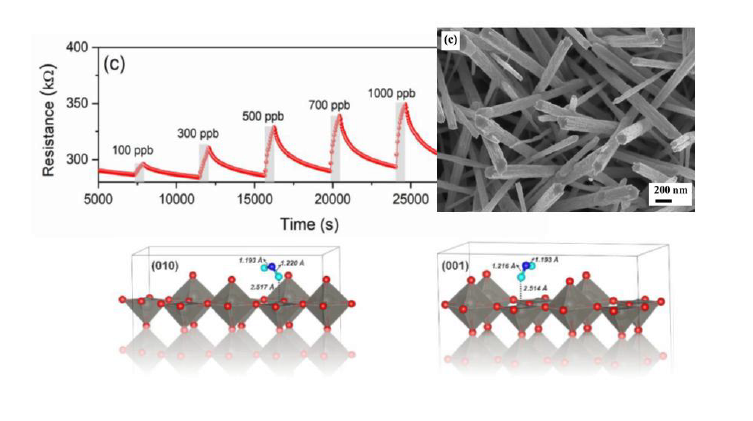Séminaire IM2NP - Luís Fernando da Silva - jeudi 27 mars à 11h00
SEMINAIRE jeudi 27 mars 2025 à 11h00
Salle des séminaires de l'Im2np, campus de Saint-Jérôme, 1er étage Bâtiment Poincaré
Luís Fernando da Silva
Department of Physics, Federal University of São Carlos, Brazil
Visible light assisted gas-sensors based on oriented WO3 nanorods: An experimental and theoretical study
Metal semiconducting oxides (MOXs) have been widely used as resistive gas sensors due to their sensitivity and fair stability. The WO3 is an n-type wide band-gap semiconductor applied as an active layer. Multiple factors behind gas-sensing properties have been considered responsible for improving sensing performance, however, an important aspect to consider is the relationship between sensing performance and MOX-exposed facets/surfaces. The nature of surfaces exposed to the target gas becomes a key factor in enhancing the material sensing activity, as some facets exhibit higher reactivity to certain analytes than other surfaces. Electrical measurements showed the sensitivity of the nanorods towards NO2 gas ranging from 0.1 to 1 ppm, operating at room temperature under blue-light stimulation. Density Functional Theory calculations revealed that the NO2 adsorption energies followed the order (110) > (010) > (001) > (101), as well as indicating a physical adsorption mechanism with long-range W-O interactions. These results revealed the relationship between the NO2 adsorption and the distinct WO3 facets.

